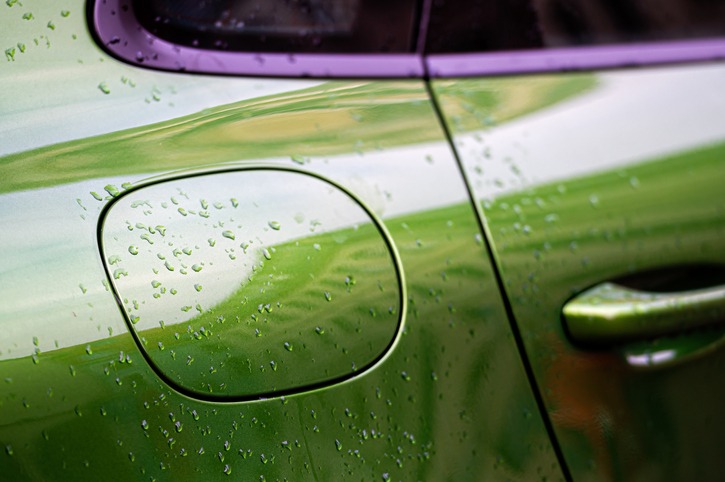Few things are as frustrating as spending hours washing and waxing your vehicle only to have it get chipped, scraped, or scratched the first time you drive it in the winter. Paint protection film can help you fight these weather-related damages and keep your paint job looking great throughout the year. The following are some of the main Disadvantages of paint protection film.
1. Upfront Costs
Paint protection film can range from $199-$400, depending on the quality and brand. We recommend peeling paint protection film after you’ve finished using it to save money. The good thing is that most types of vehicle paint protection films are sold in right-sized rolls and are relatively inexpensive. The only other things you need to purchase are wax, polish, and detailing products.
2. The Film Could Be Applied Incorrectly
If you choose to apply the film incorrectly, it could cause you to lose paint. Many people put the film on too thick or too thin and they end up with bubbles developing in the finish that runs down from the film over time. Film protection also works best when applied over a carnauba wax. The carnauba wax acts as an adhesive between the film and the underlying paint.
3. Some Films Yellow Over Time
This is only true for certain kinds of paint protection films that come in dark colours. There are also companies that make transparent films so you can still see the colour of your vehicle. The film can also fade if the colour is exposed to the sun. The best way to prevent either of these issues is to make sure you apply the film correctly.
4. Film Is Difficult to Remove
If you’ve applied a film incorrectly, it can be very difficult to remove. This can cause more damage to your vehicle than you may have originally anticipated and will require professional help if you have any questions on how to remove the film correctly. The best way to remove the film is to use a heat gun, a hair dryer and a soft cloth.
5. Needs to be Replaced
If you are able to remove the film correctly, it will require you to purchase another one every year. This is due to the fact that some film protection methods do not last as long as others and can become worn or damaged from the elements, over time, and from not being applied properly. The good news is that most films are sold in right-sized rolls. Most of the time, you just need one or two pieces of film to complete the job.
6. Can’t Protect All Surfaces
Most consumers know that film protection does not work on certain surfaces like glass. Other surfaces like chrome should not be exposed to the weather at all. Other uncovered surfaces are more susceptible to rust and scratches that can permanently take away from the paint of your vehicle.
7. The Car Still Needs Paint
Most of the top coat on your car is still covered even when using a paint protection film. However, the windows are still exposed so they can get scratched. If you want to keep your vehicle looking new, it will be recommended that you replace the film once it becomes worn and use another fresh piece to protect your vehicle from any other damage.
8. The Film Could Damage Your Car’s Paint
If you don’t apply the film correctly, it could damage your car’s paint job. The other problem is that some films feel very slippery and if you have a car with fins or a spoiler, it could cause damage. Make sure you understand the instructions for applying the film before doing so. The reason for slippage could be the adhesives that were used to apply the film, which could cause you to lose more paint than you had previously anticipated.
9. Can Cause Malfunctioning
When a car is damaged due to the adhesives used in the paint protection film, you could experience malfunctions. This can cause your car to overheat or lose power. The other problem is that the film may have been put on too thick causing your car to lose heat.
Paint protection films can protect your vehicle from any weather-related damage. If the films are applied incorrectly or not maintained properly, they could cause more damage than originally anticipated. Use this guide to paint research before installing any type of film on your vehicle to ensure that you will avoid any unnecessary damage.

